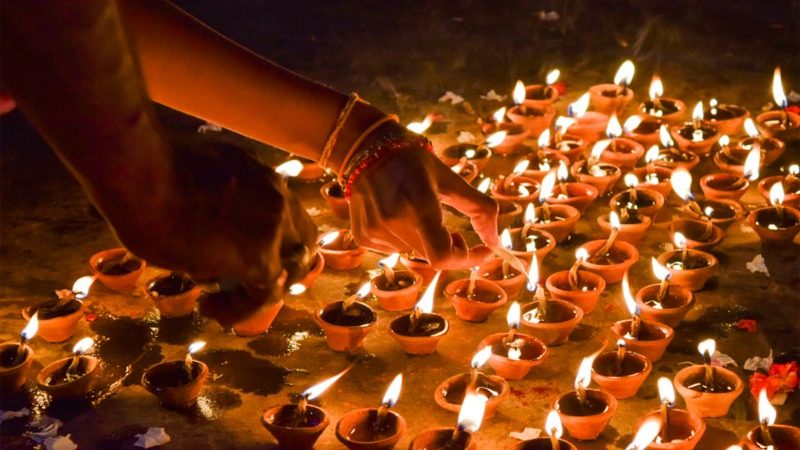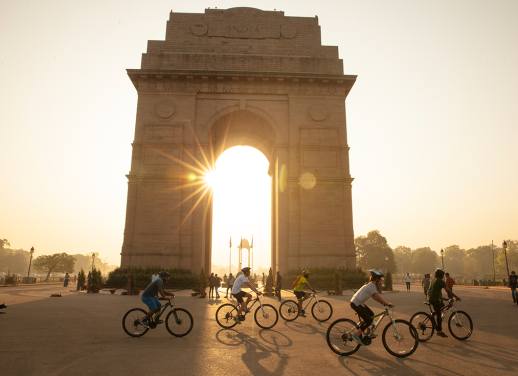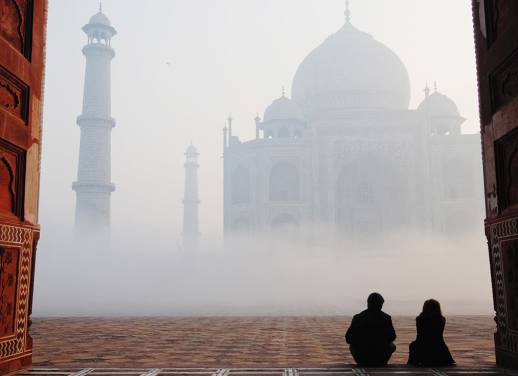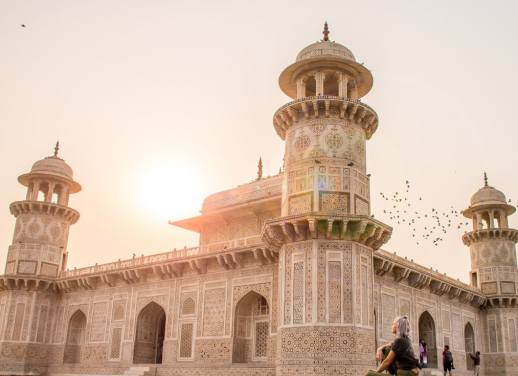Chances are, when you think of India, you probably think of colorful sparkles (among many other things, of course). If that’s the case, just wait until you go there during Diwali, the country’s famous Festival of Lights.
The sparkle situation during that time is even more insane than it is during the rest of the year. As a result, Diwali is one of the best and most magical times of year to travel to India.
TL;DR: Diwali is a multiple-day festival that represents the triumph of good over evil, light over darkness. In fact, it actually gets its name from the word “Deepavali,” which translates into “row of lamps”, as Indians light lamps and candles during this time to rid themselves of any spiritual darkness. Diwali takes place at some point in October or November of each year (the date changes because it’s determined by the Hindu lunar calendar), and marks the beginning of the Hindu New Year.
EXPLORE INDIA NOW ON AN INTREPID SMALL GROUP ADVENTURE
Diwali is one of the few Indian festivals that almost all people celebrate, regardless of their faith. (Keep in mind, there are many different religious groups in India, like Hindus, Buddhists, Sikhs, Jains, and more.) Interestingly though, while it may be a universal national holiday, not everyone agrees on the particulars of exactly what is being celebrated; people in different regions of India believe different things and celebrate in slightly different ways. Northern Indians, for example, say that the holiday is about King Rama’s defeat of Ravana — and they light the clay lamps to honor his return to the city. Meanwhile, Southern Indians believe Diwali is about a different triumph of good over evil: Lord Krishna’s defeat of the evil Narakasura. And in Western India, the story is different again, this time to celebrate the day that Lord Vishnu sent King Bali to rule in another land. But all the while, no matter the details, the common belief is that good triumphs over evil — and light is most important of all.
So, what happens during the ~actual~ Diwali festivities? Again, it depends on what part of India you visit, but no matter where you go, the celebrations are magical. Here are the common, basic rituals that you can get in on all over the country:
1. Make a rangoli
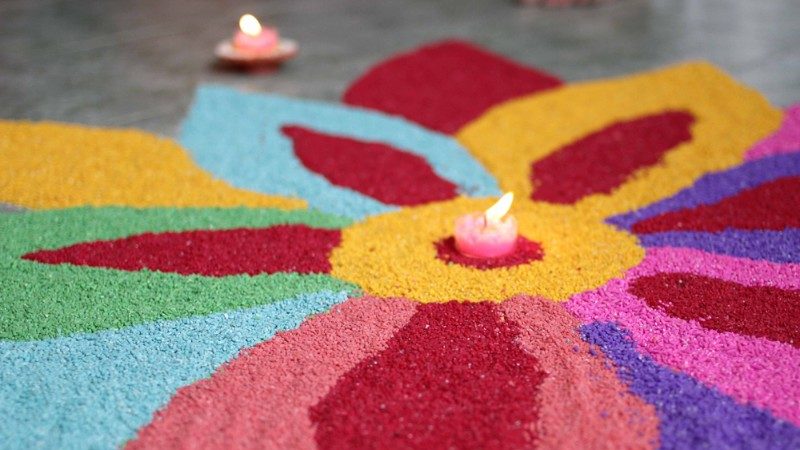
Photo by Din Mohd Yaman
Perhaps the most photogenic moment of Diwali, the rangoli — which is derived from a Sanskrit word meaning color — is a design pattern that you make on the floor using colored sand, rice, powders or flower petals. And it is not to go undocumented! People spend hours crafting intricate rangolis, which they light up with tea candles at night. Rangolis are thought to bring good luck to those around them, and making one can be quite a meditative and zen experience. Do a quick #rangoli hashtag search on IG to get some major design inspo before you begin!
RELATED: TRAVELLING TO INDIA FOR THE FIRST TIME? HERE’S WHERE YOU SHOULD GO
2. Take in all of the lights (and watch out for firecrackers!)
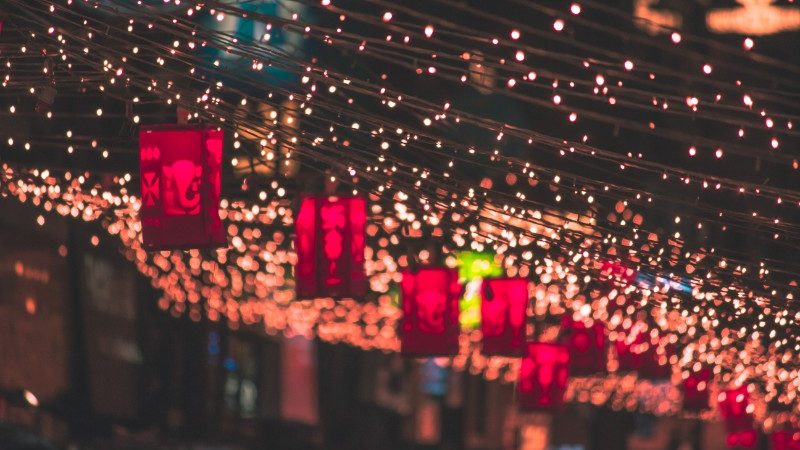
Photo by Pratham Gupta on Unsplash
Another incredible moment of Diwali is simply taking in all of the lights that are up during Diwali. Most Indians decorate the front of their houses with strands of colored lights and fairy lights, as well as garlands of marigolds, making it a true sight to be seen. And at night, everyone sets off firecrackers in the streets, and not the occasional cracker, either — we’re talking loads upon loads of firecrackers. You can buy them at most stores in the days and weeks leading up to Diwali, to the point that their widespread availability and popularity has led many environmentalists in India to take an anti-cracker stance. That’s because the resulting smoke is often so intense that it leaves the sky and the air smoggy for days after. So it should go without saying, but be careful when you’re in the streets of India during Diwali—firecrackers are literally everywhere!
3. Get mehndi (a.k.a. henna) on your hands
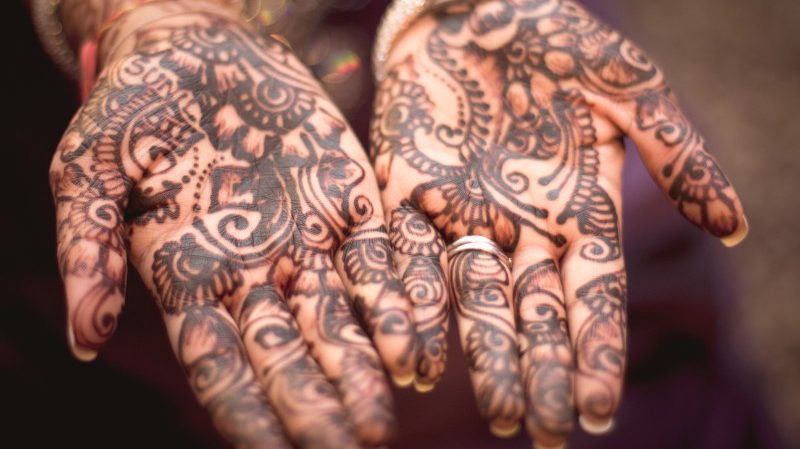
Photo by James Douglas on Unsplash
You’ve probably seen mehndi, the paste made from dried henna leaves that people apply on their skin in intricate patterns. But while you may associate it with Indian weddings, women often get mehndi on their skin during Indian festivals too, as a sign of celebration and symbol of health, luck and positive energy. And Diwali is no exception; there are many mehndi artists on the street during Diwali offering up their services. If you haven’t gotten mehndi before, know that you have to leave the paste on for a couple hours before you take it off to reveal the pattern, and the longer you leave it on your skin, the darker the pattern will be. Also, it can smell a bit strong if you’re not used to it. And a pro tip: If you hold your hands over something warm — like the flames on your oven — it will make the pattern even darker.
RELATED: HOW TO AVOID DELHI BELLY IN INDIA
4. Give gifts to your close crew
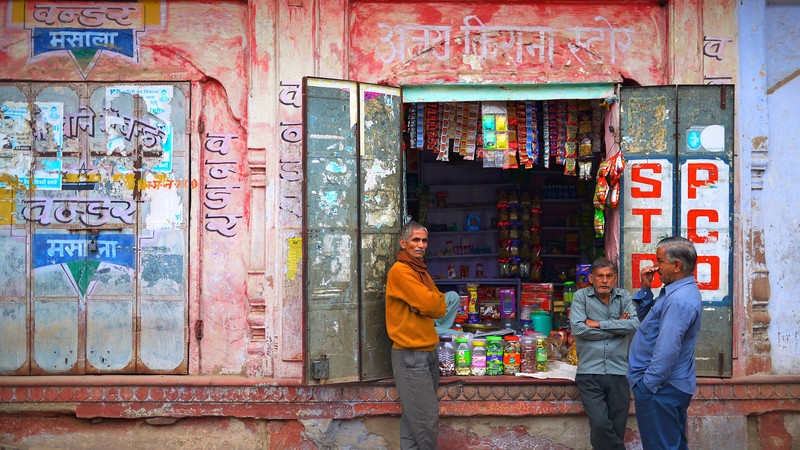
Photo by Lilli Morgan
One of the biggest Diwali traditions is that Indians open up their homes to their family and friends, who, in turn, bring them gifts. This means that the majority of Indians spend the day both visiting their friends and family, and hosting them at their own house — basically, it’s one big hangout! Important note: while it’s customary in many cultures to give alcohol as a gift, this isn’t appropriate on Diwali. The gift of choice is usually new clothes, which represent prosperity, or mithai (Indian sweets). Most Indian sweets are milk-based, made with a mix of sugar and spices — and they are absolutely delicious.
RELATED: HOW TO SOUND LIKE A LOCAL IN INDIA: YOUR GUIDE TO DELHI SLANG
5. Perform a Lakshmi Puja
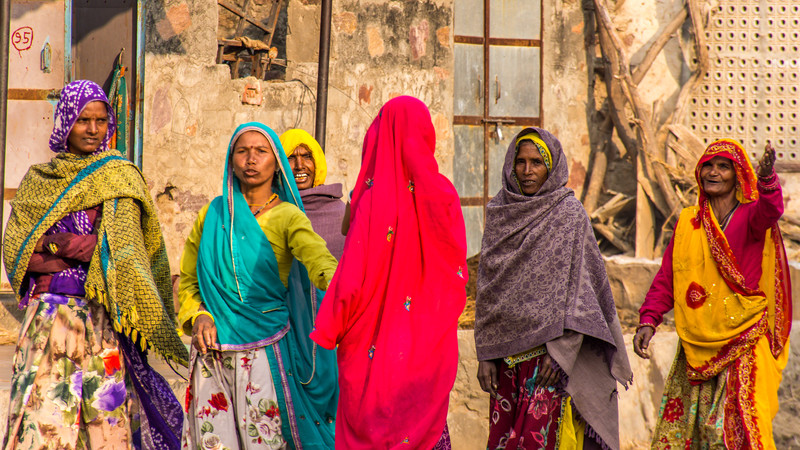
Photo by Tegan & Nathan
A puja is the Hindu word for prayer ritual, and a Lakshmi Puja is the specific prayer ritual that Indians do on Diwali. The idea behind this puja is to invite Goddess Lakshmi, who is the goddess of wealth, peace, and prosperity, into the home so that the year ahead is filled with those very things. Again, like many of these Diwali traditions, the actual ceremony may vary depending on where you’re doing it and who you’re doing it with — these basic instructions are a good start.
SUBSCRIBE TO INTREPID’S NEWSLETTER FOR TRAVEL TIPS, COMPETITIONS, GIVEAWAYS & MORE
6. Clean the house
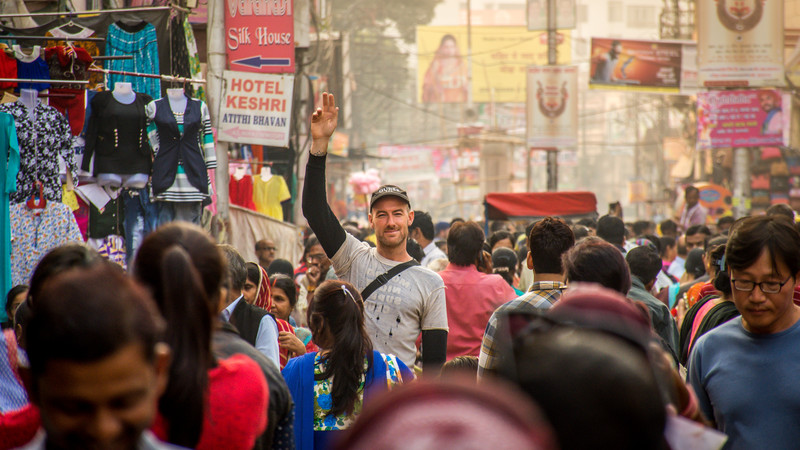
Photo by Tegan & Nathan
Okay, so this totally sounds like a ritual parents invented to try to trick their kids into cleaning the house, but cleaning is a big part of Diwali! Indians believe that Diwali is an auspicious (lucky) time to declutter, because good spirits are more likely to waft in and flow around when there isn’t as much clutter to block them. As a visitor, you probably won’t have to do any cleaning yourself, but it’s good to know that most of the places you visit will look extra clean and magical, thanks to the Diwali touch.
And that’s just it: the Diwali touch is seemingly everywhere in India during this time of year. And trust us when we say it’s a spirit definitely worth traveling for.
Experience the lights, magic and mystery of Diwali on our new Diwali Festival adventure, for 18 to 29-year-old travellers.

